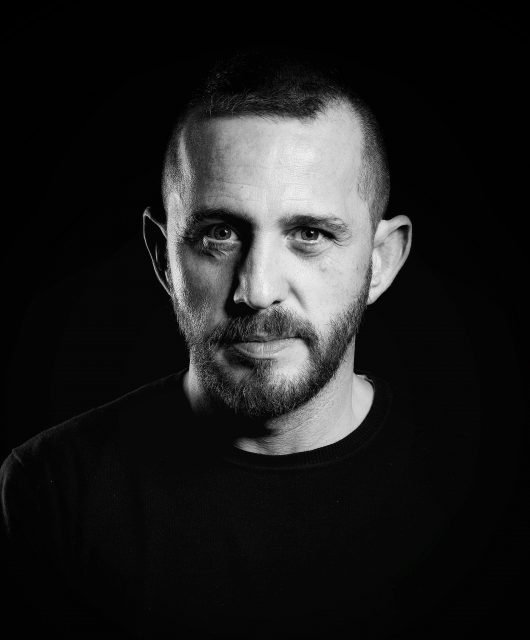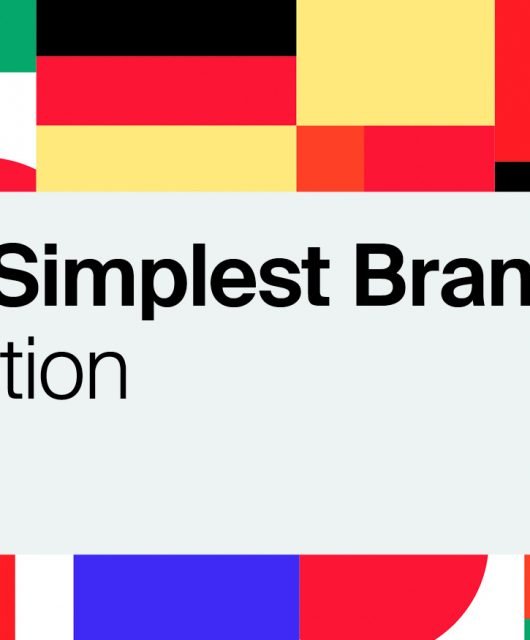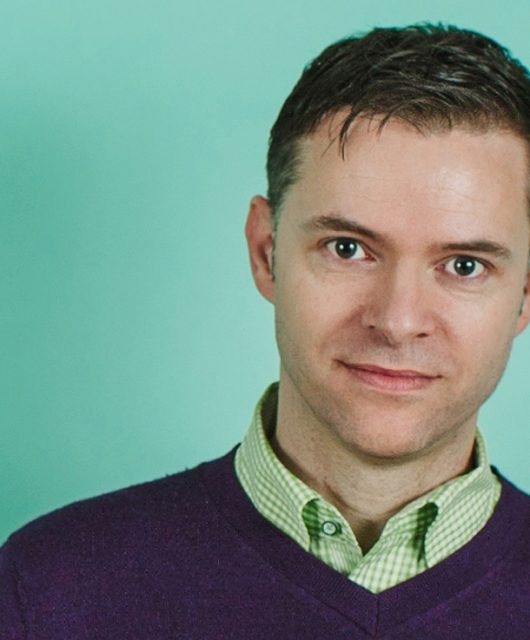Why Vulnerability Will Put Your Brand On The Right Side Of History
By: Matt Kissane, Global Executive Director, Landor & Fitch

To build enduring competitive advantage in the age of imperfect action, Matt Kissane of Landor & Fitch says to brands: be more like Patagonia.
We want to make the case for vulnerability: the most essential but underrated practice for brand owners today. It’s defined as the act of exposing yourself to the possibility of failure, criticism, or harm. Why on earth would we make a case for that?
After all, brand decisions have never been so consequential; the challenges we face – from climate change to war – are existential. And the stakes have never been higher. We live in a time where a single ill-thought-through tweet can lead to mass cancellation.
Our response has been to damage-control, cancel-proof, and bubble-wrap our brands, preferring to be 100% not wrong over a 40% chance of being oh-so-right. Striving to be perfect, rather than thrilling. Despite the risks that vulnerability carries, it’s an essential practice for fostering three things brands desperately need to thrive and remain relevant: trust, creativity, and character.
Let’s start with trust
We are now entering the third decade of the trust crisis. Cynicism, skepticism, desperation, and rage abound. Brands have tried to overcome declining trust by leaning into authenticity (showing who they ‘really’ are) and integrity (standing up for what they ‘really’ believe in), but the needle has barely moved.
Why? Because many brands sanitize and perfect their ‘authentic’, ‘integrity-filled’ identities by eliminating words like not and never from brand vocabularies; by engaging in cancel-proofing exercises; by appearing at events for social justice and equity, not in the spirit of true allyship, but for fear of being seen to not be involved. And we wonder why people find it hard to trust.
To build trust, brands need to lean into the power of vulnerability – the willingness to expose themselves to risk for the sake of whom they say they are, and what they say they believe. Boldly showing their imperfect attempts to try will resonate in a way that authenticity campaigns and tokenism never will.
This year maybe don’t bandwagon movements around gender equity if you don’t have the actions to back up your involvement; come clean about your decision, and the steps you’re taking to address it (that looks a lot more like authentic allyship than any tokenistic display ever could).
Onto creativity
We know we need to invent our way out of a crisis. But creativity is the most terrifying, vulnerable act there is. Coming up with something new or unorthodox and waiting with bated breath to see whether you’re shut down, shut up, or kicked out of the room? No, no. Best to play it safe.
And so, the crutches (interminable PPTs, reems of research, RACI matrices, notes of what was approved at the last meeting) designed to soften the blow of crazy and unthinkable come out and take up more and more room in our lives.
Maybe with more vulnerability in boardrooms, the world would be a lot more resilient. Maybe if we face our fears and made very scary and very deliberate leaps of faith, we’d see more Patagonia-esque attempts to reinvent shareholder value or Airbnb-style bets on the future of work. Surprising as it may seem, there’s a heavy dose of this within NEOM’s approach to delivery, and its willingness to challenge orthodoxy on everything from education to agriculture. Will everything work? We can’t know yet – but better to find a solution first than to wait forever for someone else to show you how.
This year, practice leaping more. For every safe idea that’s shared in a meeting, throw in a wild, ‘unthinkable’ one. Don’t justify or explain. Set it free. Let it out to the world; you never know, you might just speak the next Patagonia into existence.
And finally, character
Brands are built on differentiation, and that differentiation is what drives growth. And yet the default setting of many branding professionals is to shy away from the moments that we, as humans, consider character-building.
When you’re chucked into the deep end and struggling to swim. When you tell someone you love them and wait for the response. Character is forged in adversity, and in facing up it head-on – look at Apple in the 90s. LEGO in the early 00s. Domino’s in the 10s. And we wonder why many brands are bland and lack personality.
The character of a brand will increasingly be defined by its weaknesses, and its multiple dimensions (good and bad), because that’s what helps us connect in a uniquely human way.
Embrace imperfection
This year, embrace adversity and talk about imperfection. When the tech fails, or there’s a mistake or a delay, don’t whitewash it out of your brand’s story. When you fail to show up in the moments that matter – like many brands did after the recent earthquakes in Turkey and Syria – admit the error, and take urgent, imperfect action to course-correct. Brands are just a collection of humans, trying to do their best for their customers. We’re all human, and we know the struggle is real.
Do we think Levi’s didn’t feel a pang of vulnerability just before it leaped into encouraging consumers to buy less of its product? Or when Adidas asked women in the UAE to dive into a living billboard and swim in front of the whole world?
There is a reason we all know and revere these examples. Because by embracing vulnerability – leaping deliberately into the unknown – has set them on a pathway towards enduring competitive advantage in ways that playing it safe could never do. So, really, the question is: are you ready to embrace vulnerability as your brand’s superpower?
This article has originally been published on the drum network.





